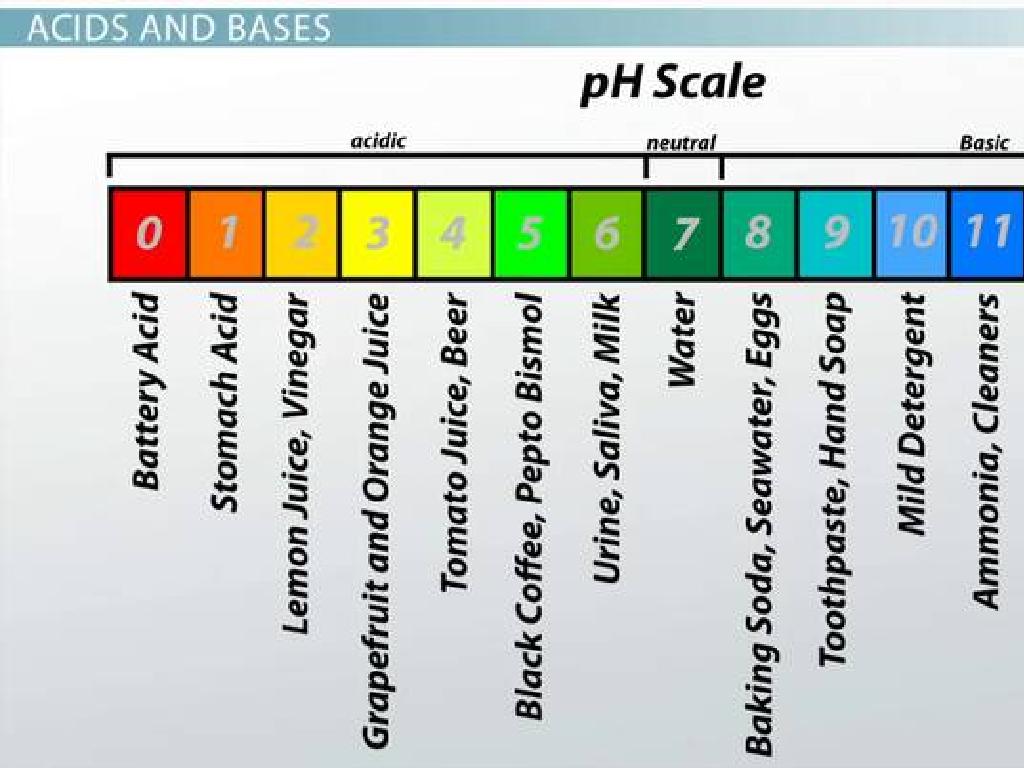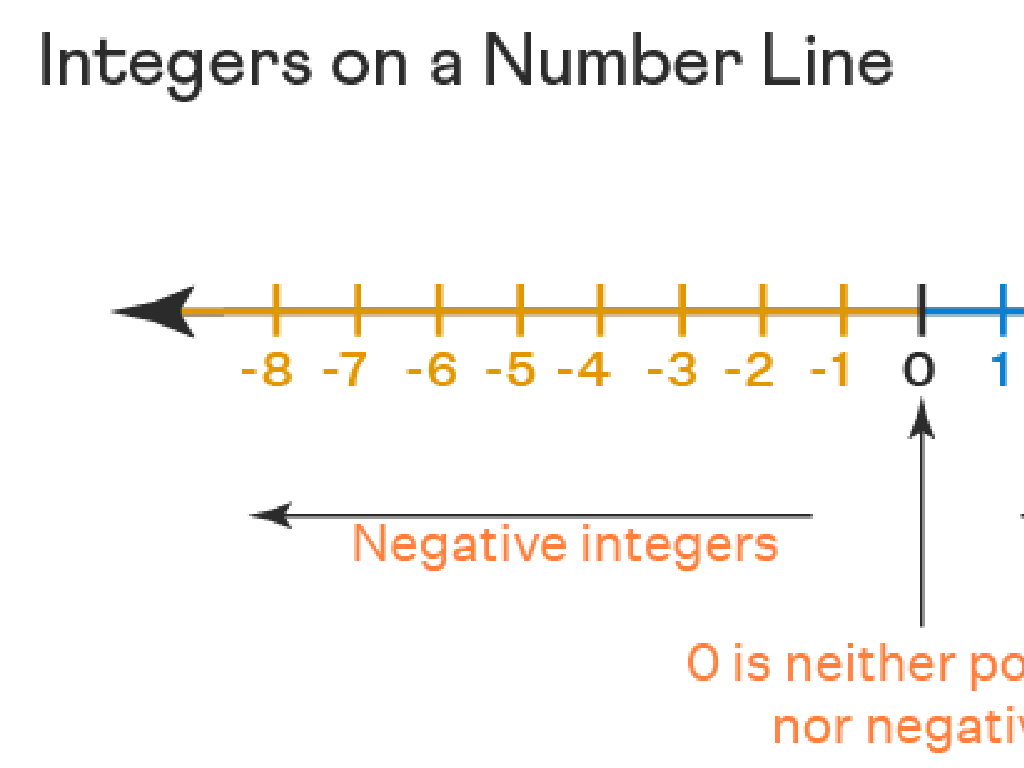Open Economy: International Trade And Finance
Subject: Economics
Grade: High school
Topic: Macroeconomics
Please LOG IN to download the presentation. Access is available to registered users only.
View More Content
Introduction to Open Economy
– Macroeconomics: The Big Picture
– Study of economy-wide phenomena, including inflation, unemployment, and economic growth.
– Defining an Open Economy
– An economy that engages in cross-border trade of goods, services, and capital.
– Role of International Trade
– Trade allows countries to specialize and boosts global efficiency.
– Significance of International Finance
– Finance governs exchange rates, foreign investments, and global monetary policies.
|
This slide introduces students to the concept of an open economy within the broader context of macroeconomics. Begin by explaining macroeconomics as the study of large-scale economic issues and how they interconnect. Then, define an open economy as one that participates in international trade, allowing goods, services, and capital to move across borders. Discuss the importance of international trade in allowing countries to specialize in certain industries, leading to increased efficiency and economic growth. Lastly, touch on the significance of international finance, which includes the study of exchange rates, foreign investments, and the impact of global monetary policies on domestic economies. Encourage students to think about how international trade and finance affect their daily lives, such as the availability of imported goods and foreign investment in local businesses.
Benefits of International Trade
– Understanding Comparative Advantage
– Nations specialize in producing goods where they have the lowest opportunity cost.
– Boosting Efficiency and Innovation
– Competition and larger markets lead to better methods and products.
– Expanding Access to Goods
– Trade allows countries to obtain products not available domestically.
– Enhancing Variety of Services
– Consumers enjoy a wider selection of services from different markets.
|
This slide aims to highlight the key benefits of international trade in the context of an open economy. Comparative advantage allows countries to specialize in the production of goods where they have a lower opportunity cost, leading to more efficient global resource allocation. This specialization often results in increased efficiency and drives innovation as firms compete on a larger scale. Additionally, international trade broadens access to goods and services, providing consumers with products that may not be available or produced domestically. This access enhances the variety and quality of services available to consumers. Encourage students to think of examples of international trade they encounter in their daily lives, such as electronics, clothing, or cars, and discuss how these goods and services might be impacted by changes in trade policies.
Understanding the Balance of Payments
– Define Balance of Payments
– A financial statement summarizing a country’s transactions with the rest of the world.
– Explore its main components
– Current Account: trade of goods/services. Capital Account: transfer of capital. Financial Account: investment flows.
– Examine trade deficits and surpluses
– Trade deficit: imports > exports. Surplus: exports > imports.
– Analyze their impact on economy
– Deficits can lead to debt, surpluses can indicate strong economy.
|
The Balance of Payments is a comprehensive record of a country’s economic transactions with the outside world, including imports, exports, and capital transfers. It’s divided into three main components: the Current Account, which deals with trade of goods and services; the Capital Account, which records transfers of capital; and the Financial Account, which tracks investment flows. Understanding trade deficits and surpluses is crucial, as a deficit could mean a country is spending more on foreign trade than it is earning, while a surplus could suggest a strong export economy. It’s important for students to grasp how these elements can affect a country’s currency value, international investment status, and overall economic health.
Understanding Exchange Rates
– Mechanics of currency exchange
– Currency exchange is the process of exchanging one currency for another, essential for international trade.
– Influences on exchange rates
– Economic stability, interest rates, and trade balances can affect how currencies are valued against each other.
– Real vs. Nominal rates
– Real rates account for inflation, while nominal rates do not, affecting purchasing power.
– Exchange rate implications
|
This slide aims to explain the concept of exchange rates and their importance in an open economy. Begin by discussing how currency exchange is the backbone of international trade, allowing countries to buy and sell goods and services in different currencies. Highlight factors that influence exchange rates, such as economic indicators, geopolitical stability, and market speculation. Distinguish between real and nominal exchange rates, emphasizing that real rates provide a more accurate measure of purchasing power by accounting for inflation. Use examples like the impact of exchange rates on import and export prices to illustrate these concepts. Encourage students to think about how exchange rates affect their daily lives, such as the cost of imported goods or traveling abroad.
Trade Policies in an Open Economy
– Protectionism vs. Free Trade
– Protectionism restricts imports, Free Trade promotes them
– Impact of Tariffs and Quotas
– Tariffs are taxes on imports, quotas limit import quantity
– Subsidies as Trade Tools
– Subsidies are government funds to support local businesses
– Significance of Trade Agreements
– Agreements like NAFTA set rules for international trade
|
This slide aims to introduce students to the complex world of international trade policies within an open economy. Protectionism and Free Trade represent opposing strategies; the former aims to shield domestic industries from foreign competition, while the latter encourages international trade without heavy restrictions. Tariffs and quotas are tools used by governments to control the amount and cost of imports, potentially protecting local jobs but also risking international retaliation and higher consumer prices. Subsidies can help local industries compete globally but may lead to inefficiencies and trade disputes. International trade agreements are essential as they establish the rules by which countries trade, aiming to reduce barriers and increase economic cooperation. Encourage students to think critically about the implications of these policies on their daily lives and the broader economy.
Globalization and Its Economic Impact
– Understanding economic globalization
– The integration of national economies into the international economy through trade, investment, capital flow, labor migration, and technology.
– Advantages of a global economy
– Global market access, increased competition, and resource efficiency.
– Disadvantages of economic interdependence
– Job displacement, market volatility, and economic dependency.
– Effects on domestic jobs and industries
– Shifts in employment trends and industry competitiveness due to global trade dynamics.
|
This slide aims to provide students with a comprehensive understanding of economic globalization and its multifaceted impact on the world economy. Economic globalization refers to the increasing interdependence of world economies as a result of the growing scale of cross-border trade of commodities and services, international capital flows, and the rapid widespread diffusion of technology. Students should consider both the positive aspects, such as expanded markets and improved efficiency, and the negative consequences, including job displacement and increased economic vulnerability. The discussion should also cover how globalization can lead to significant shifts in domestic job markets and industries, necessitating adaptation and sometimes leading to economic restructuring. Encourage students to think critically about these changes and to explore real-world examples of how globalization has affected their local economy.
Case Study: Global Trade Impact
– Analyze a country’s trade effects
– Example: China’s growth via exports
– Exchange rates and business
– Strong currency may reduce export competitiveness
– Recent trade agreements
– E.g., USMCA replacing NAFTA
– Their economic impact
– Discuss changes in trade patterns, employment
|
This slide aims to provide students with a real-world understanding of how international trade affects economies. Start by analyzing the effects of international trade on a specific country, such as China, and how its focus on exports has contributed to its economic growth. Discuss how exchange rates can influence international business, with a strong currency potentially making exports less competitive. Highlight recent trade agreements, like the United States-Mexico-Canada Agreement (USMCA), which replaced NAFTA, and discuss their impact on trade patterns and employment. Encourage students to think critically about the complexities of international trade and its far-reaching consequences.
Class Activity: Simulating International Trade
– Form groups as different countries
– Negotiate and sign trade agreements
– Exchange goods with partner groups
– Discuss trade challenges and benefits
– Reflect on factors like tariffs, quotas, and trade barriers
|
This activity is designed to give students a hands-on experience with the complexities of international trade. Each group will represent a country with its own set of resources and needs. Students will negotiate trade agreements that benefit their assigned country, simulating real-world trade discussions. They will then ‘trade’ goods (which can be represented by tokens or cards) with other groups. After the activity, lead a discussion on the challenges they faced, such as negotiating fair terms, and the benefits of trade, such as increased variety of goods and services. Encourage them to consider how tariffs, quotas, and other trade barriers can affect the flow of goods and the economy. This will help them understand the delicate balance of international trade and its impact on a country’s economy.






